Why do cars need a battery?
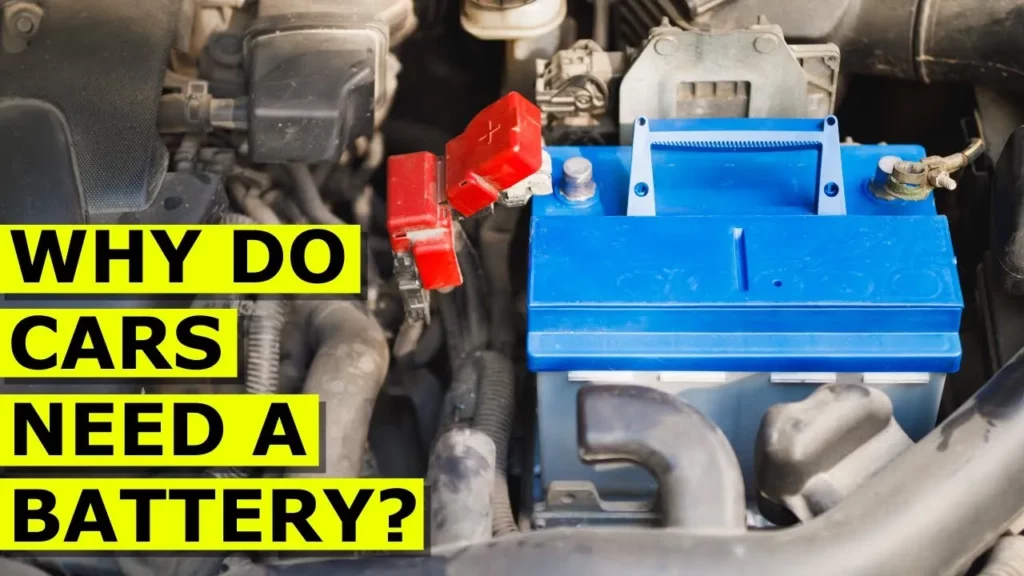
Car batteries are crucial for starting the engine and powering a vehicle’s electrical systems. They provide the initial electricity needed for the starter motor to engage the engine and, while the engine runs, the alternator recharges the battery and supplies power to other components. Understanding the function and maintenance of car batteries enhances appreciation for the technology that keeps vehicles operational.
Heating and Cooling VRF System

This lesson covers the functionality of Variable Refrigerant Flow (VRF) systems, focusing on the pivotal role of the reversing valve in switching between heating and cooling modes. In heating mode, the system directs hot refrigerant to the indoor unit, while in cooling mode, it expels heat outdoors, demonstrating the adaptability of refrigerants with low boiling points, such as R410A. The lesson also highlights the challenges of heat collection in colder temperatures and encourages further exploration of refrigeration engineering principles.
Chiller – Controls

The lesson on “Understanding Chiller Controls” provides an in-depth look at the essential components and functions of a chiller’s control system, particularly focusing on the control box, which acts as the brain of the unit. It emphasizes the importance of monitoring various parameters such as water flow, temperature, and compressor performance to ensure efficient operation and protection against potential damage. Additionally, the lesson highlights the role of data logging in diagnosing issues and maintaining optimal chiller functionality.
Industrial Heat Exchangers Explained
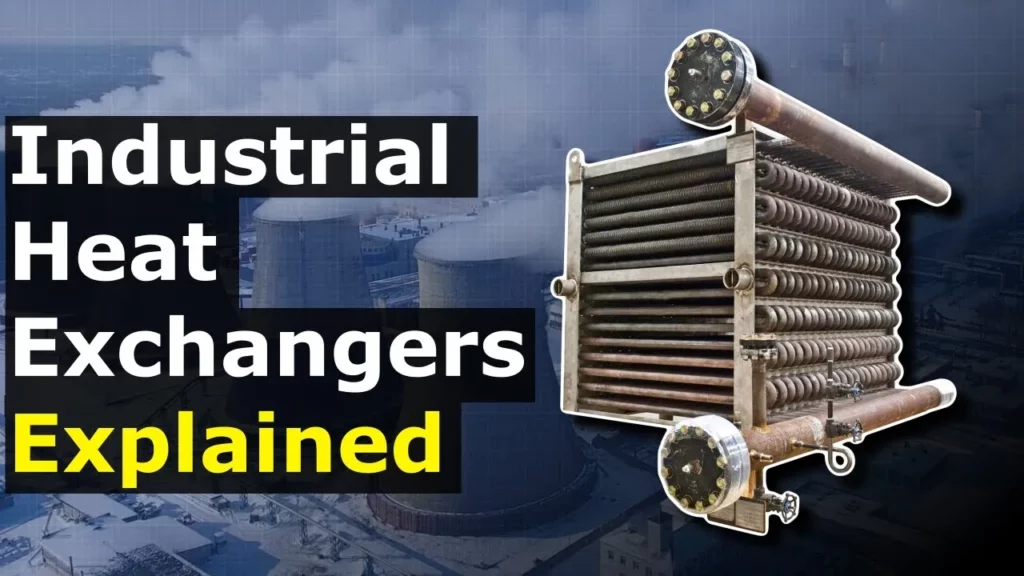
The lesson on industrial heat exchangers highlights their critical role in transferring thermal energy between fluids without mixing, which is essential in various industries such as power generation, food processing, and refrigeration. It covers the different types of heat exchangers, including thin tube, shell and tube, double pipe, plate, and spiral designs, each tailored for specific applications and environments. Understanding these devices is key to addressing engineering challenges related to efficient thermal management in industrial processes.
How Solenoid Valves Work – Basics actuator control valve working principle
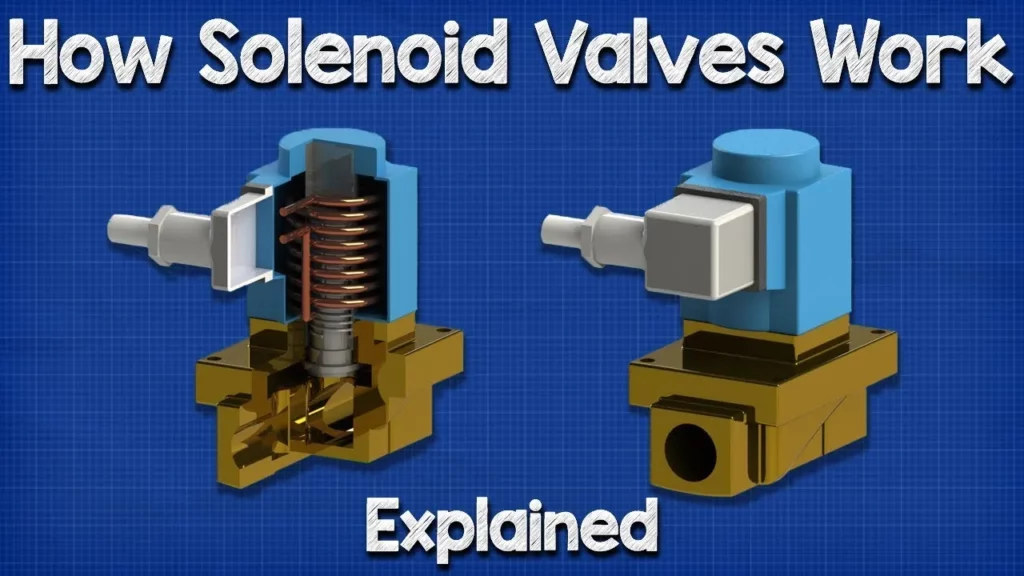
This lesson provides an overview of solenoid valves, highlighting their role in converting electrical energy into mechanical energy to control fluid flow in various systems. It explains the functionality of normally open and normally closed valves, their widespread applications in industries such as HVAC and refrigeration, and emphasizes their importance in enhancing efficiency and safety through remote operation. The lesson encourages further exploration of solenoid valve mechanics and engagement with engineering resources.
How to control a BLDC with an Arduino
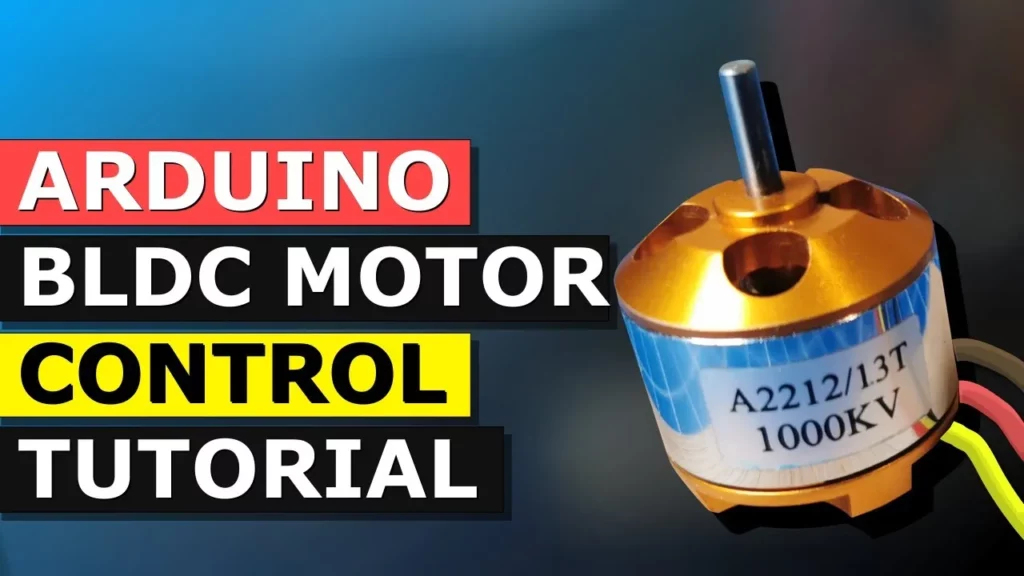
This lesson provides a step-by-step guide on how to control a brushless DC motor using an Arduino and a potentiometer. It covers the necessary hardware setup, including connections between the motor, electronic speed controller (ESC), and Arduino, as well as programming the Arduino to send pulse width modulation (PWM) signals to adjust the motor’s speed based on the potentiometer’s input. By following these instructions, learners can successfully operate a brushless motor and gain insights into basic electronics and programming concepts.
Chiller Basics – How they work part 2
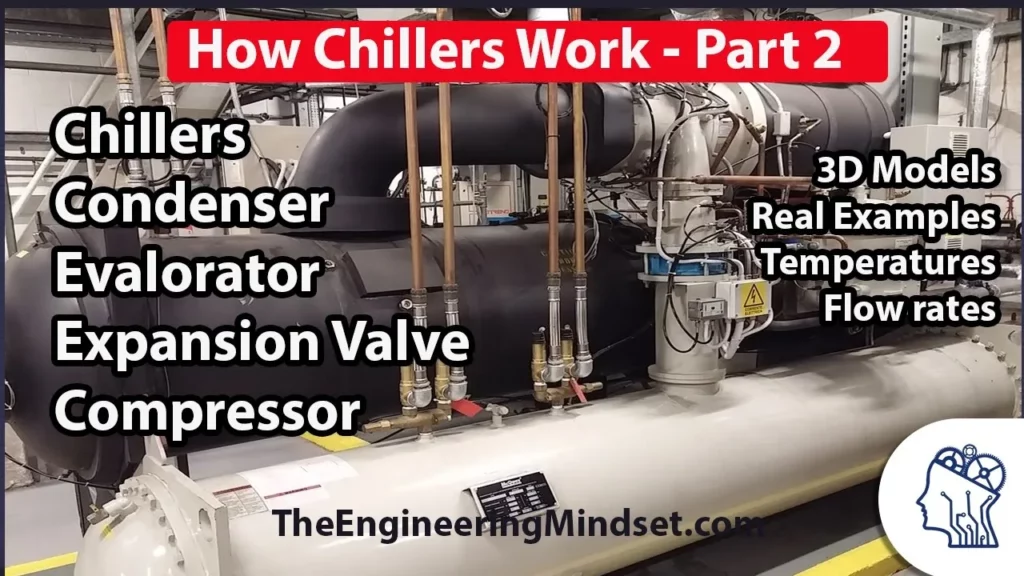
In this lesson on chiller basics, we explored the fundamental components and operation of chiller systems, focusing on the evaporator, compressor, condenser, and expansion valve. The evaporator generates chilled water, which absorbs heat from the environment, while the compressor increases the refrigerant’s pressure and temperature for effective heat exchange in the condenser. This cyclical process is essential for providing efficient cooling in various applications.
How to use a multimeter like a pro – Clamp meter
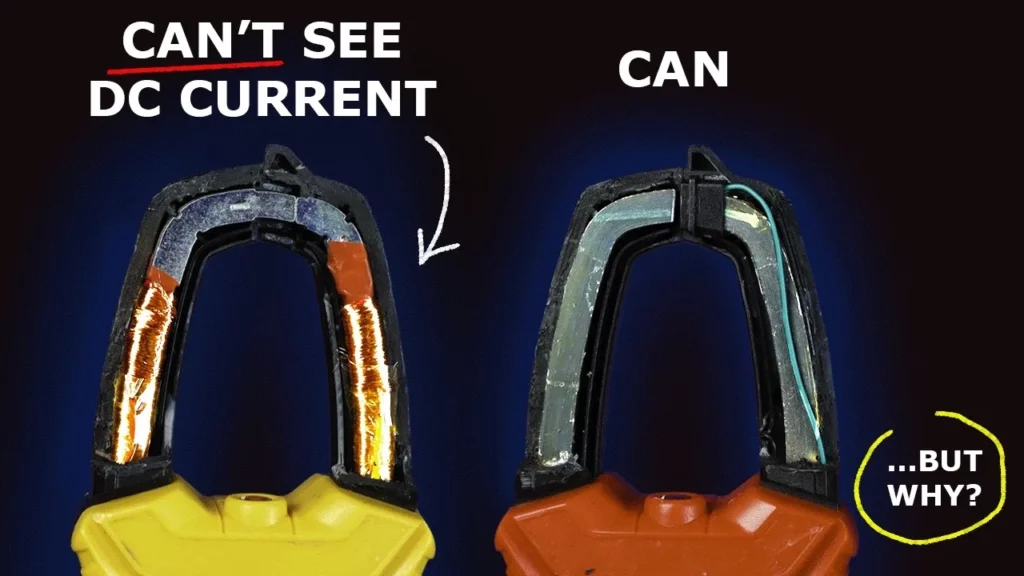
This lesson covers the effective use of clamp meters, which provide a safer and more efficient alternative to traditional multimeters for measuring large currents. It explains the principles behind clamp meters, including their ability to measure AC and DC currents using electromagnetic fields, and outlines the steps for measuring currents, as well as additional features such as continuity testing and temperature measurement. By mastering these tools and techniques, users can enhance their electrical measurement capabilities while ensuring safety.
Purging Industrial Refrigeration Systems – ammonia industrial engineering

This lesson covers the purging process in industrial ammonia refrigeration systems, emphasizing the importance of removing non-condensable gases to maintain efficiency and performance. It explains the roles of key components, such as the compressor, receiver, expansion valve, and evaporator, and details how a purging unit operates to separate and vent these gases while ensuring the ammonia refrigerant remains within the system. Understanding this process is essential for optimizing cooling capacity and reducing energy consumption in industrial applications.
Brushless Motor – How they work BLDC ESC PWM
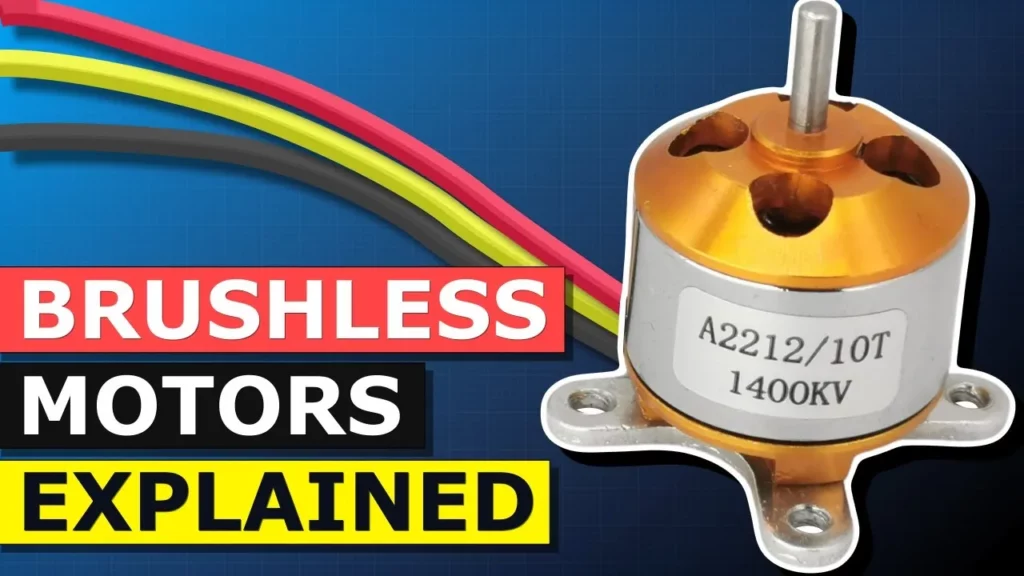
This lesson provides an overview of brushless motors (BLDC), explaining their operation and advantages over standard DC motors, such as increased efficiency and reduced maintenance due to the absence of brushes. It also details how to control a brushless motor using an Arduino and an electronic speed controller (ESC), guiding readers through the necessary components, connections, and programming steps to adjust motor speed with a potentiometer.